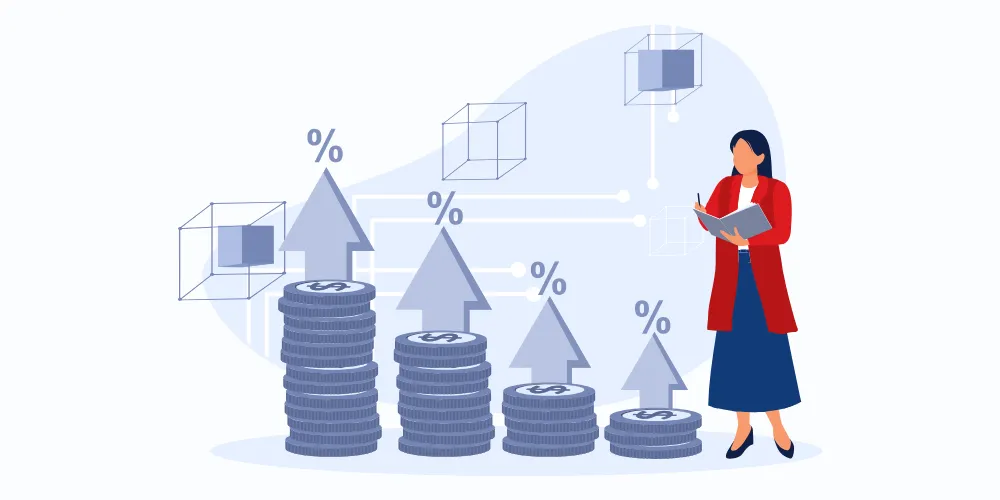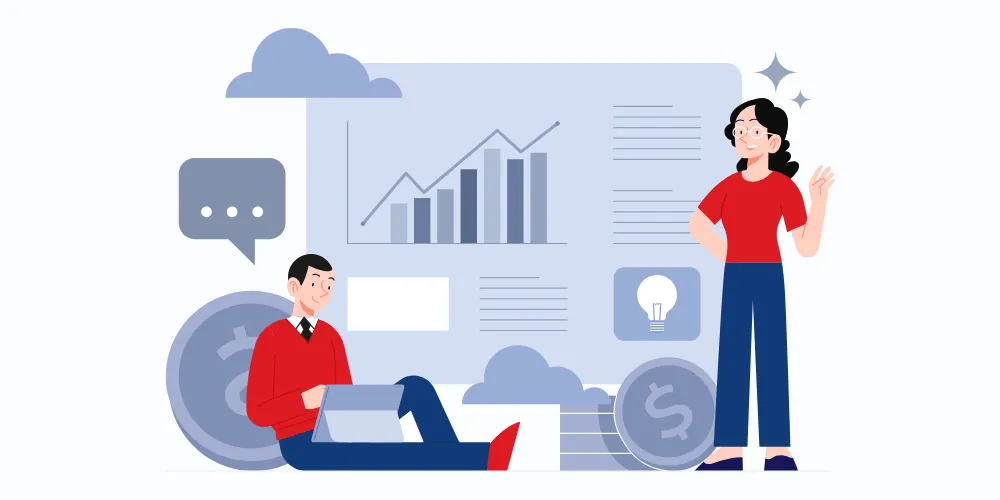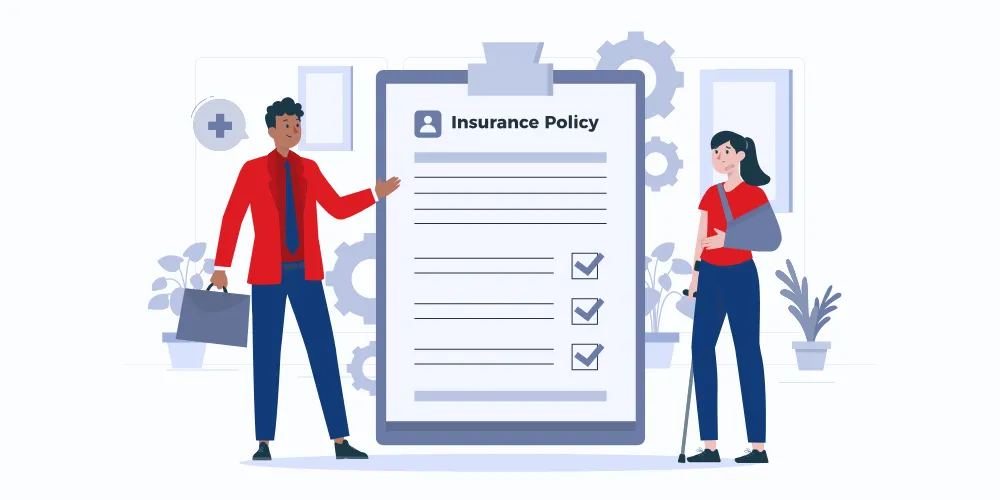A short-term incentive plan (STIP) is a performance-based compensation structure that rewards employees for achieving specific goals within a year. These goals may include sales targets, revenue milestones, or team achievements. STIPs motivate employees to meet short-term objectives while aligning efforts with the company's overall strategy.
Understanding Short Term Incentive Plans for Businesses
- Sumeet Shah
- Mar 05, 2025
- 4 min read
- Last updated on Sep 18, 2025
Introduction to Short Term Incentives
In business operations, incentives play a pivotal role in directing employees' focus and energy toward achieving organizational goals. A short-term incentive plan is a strategic tool that provides financial rewards over shorter periods—typically a year or less—to motivate employees and align their efforts with immediate business objectives. While long-term incentives are designed to foster sustained efforts culminating over years, short-term incentives cater to the here and now, providing instant gratification for a job well done.
What is a Short Term Incentive Plan?
So, what is a short-term incentive plan? Essentially, it is a targeted reward system implemented to encourage employees to meet specific, short-term business objectives. These plans typically span six to twelve months and aim to boost productivity by offering incentives such as cash bonuses tied to the achievement of set performance metrics. The key characteristic of such plans is their time-bound nature, aimed at driving immediate performance improvements and ensuring that employees are constantly engaged and motivated.
Types of Short Term Incentives
Businesses have various options when designing a short term incentive scheme. Common types include:
- Stip Bonuses: Often used to reward employees for meeting specific performance goals within a set timeframe.
- Short Term Incentive Compensation: Monetary compensation tied to measurable outcomes such as sales targets or project completions.
- Short Term Incentive Pay: Immediate payouts are accrued for achieving certain milestones or contributions.
By choosing the right combination of incentives, businesses can effectively harness employee potential.
Short Term Incentive Programs
Developing a short term incentive program entails careful planning and execution. An effective program will incorporate a well-defined short term incentive policy that outlines eligibility criteria, performance benchmarks, and payout mechanisms. For example, the short term incentive plan stip might detail bonus distribution based on quarterly sales growth.
Examples of Short Term Incentives
To bring theory into practice, consider these examples of short term incentives:
- Sales Commission: Offering a percentage of sales as an incentive.
- Quarterly Bonuses: Bonuses are awarded for achieving set quarterly objectives.
Such short term incentives examples serve to illustrate the diversity and practicality of these plans across different business sectors.
Short Term Incentive Calculation and Payment
When it comes to short term incentive calculation, organizations typically consider factors such as individual performance, company profitability, and achievement of pre-set goals. These are then computed to determine the short term incentive payment amounts. Some businesses employ a short term incentive plan calculation model that integrates financial metrics to ensure fair and motivating payouts.
Benefits of Short Term Incentive Plans
Implementing a short term incentive plan yields numerous organizational advantages. It not only enhances employee motivation but also aligns personal objectives with corporate strategies. This strategic linkage aids in achieving immediate business goals while fostering a motivated workforce ready to tackle future challenges.
Short Term Incentives vs Long Term Incentives
Understanding the differences between short term incentives and long term incentives is crucial for any business. While short-term plans focus on immediate rewards, long-term incentives emphasize sustained engagement and retention. Depending on organizational needs, businesses might choose to blend both approaches for a balanced compensation strategy that rewards immediate performance while encouraging future loyalty.
Conclusion
In conclusion, a well-crafted short term incentive plan can significantly impact a business's success by keeping employees motivated to achieve short-term goals. By strategically planning and implementing these incentive schemes, organizations can ensure they remain dynamic and competitive, while also fostering a culture of appreciation and reward among their workforce.
Frequently Asked Questions
What is a short-term incentive plan (STIP)?
Who should be included in short-term incentive plans?
Short-term incentive plans often include sales teams, managers, and other key employees whose performance directly impacts business outcomes. However, they can also be extended to broader roles across departments to drive alignment, encourage cross-functional collaboration, and reinforce accountability toward common business objectives.
How are short-term incentives typically calculated?
Short-term incentives are calculated based on individual or team performance against pre-defined metrics such as revenue, client acquisition, or project completion. The payout is usually a percentage of base salary or a fixed amount and can vary depending on goal achievement levels—threshold, target, and stretch.
What are the benefits of using STIPs for businesses?
STIPs drive employee motivation, improve performance, and create a culture of results-oriented accountability. They help businesses attract and retain top talent while ensuring goals are met in a timely manner. Short-term incentives can also positively impact organizational growth and efficiency when aligned with strategic objectives.




